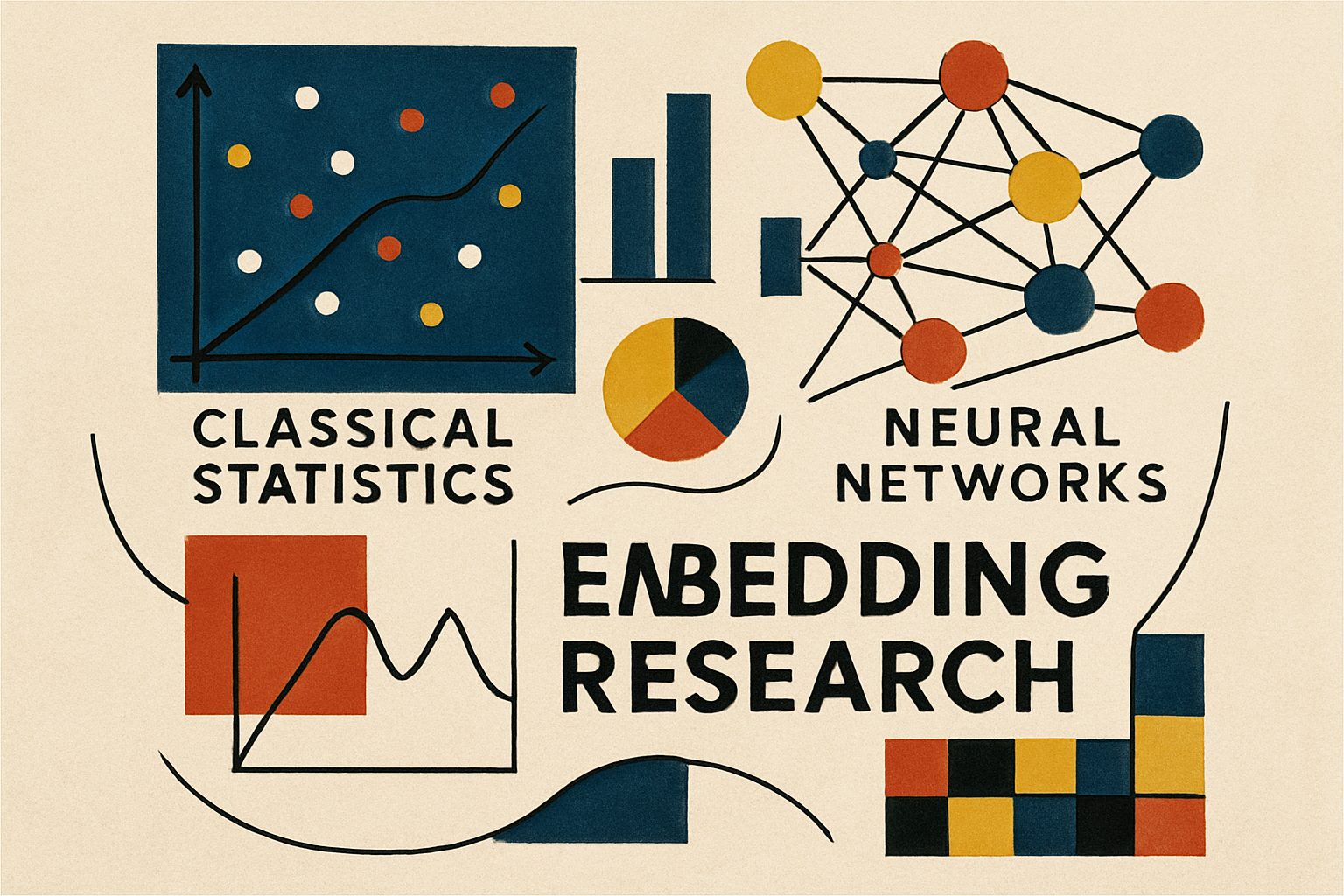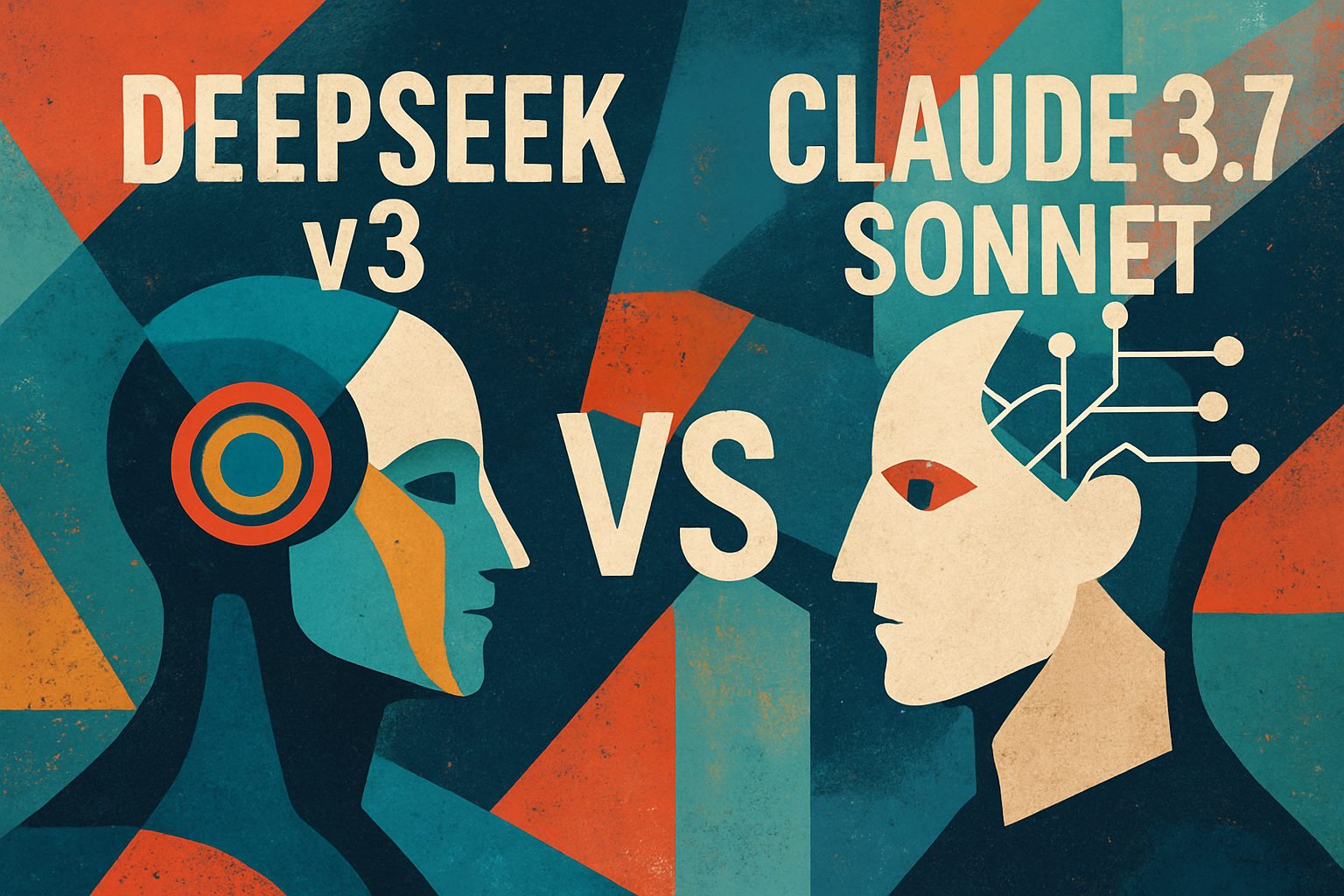
Unlocking Local Research: A Deep Dive into Embedding Models for Academic and Web Applications
Explore the world of embedding models that power academic and web research. This comprehensive analysis compares classical statistical methods with cutting-edge neural approaches, highlighting their strengths and practical applications for local deployment.
This comprehensive analysis explores Compare various research models for academic scientific and web embedding that exist and can be utilized locally., based on extensive research and multiple data sources.
Below is a comprehensive research overview comparing various research models for academic/scientific and web embedding that can be deployed locally. This analysis examines both classical statistical methods and contemporary neural approaches, emphasizing their respective strengths, limitations, and deployment scenarios.

Thesis: Comparing Embedding Models for Local Deployment
The core argument of this research is that a diverse array of embedding models exists—ranging from traditional statistical techniques such as latent semantic methods to advanced neural architectures like transformers—which can be effectively leveraged for academic scientific research and web embedding tasks in local environments. Local utilization is critical for secure, cost-effective, and customizable deployment, especially when handling sensitive or domain-specific data.
Evidence & Factual Background
1. Classical Statistical Models
- Latent Semantic Analysis (LSA):
- Definition: LSA employs singular value decomposition (SVD) on term-document matrices to unearth latent semantic structures.
- Strengths: Good at capturing broad topics by reducing high-dimensional data.
- Limitations: Limited by a bag-of-words approach and struggles with complex syntax and semantics.
-
Source: Stack Overflow Blog
-
Latent Dirichlet Allocation (LDA):
- Definition: LDA is a probabilistic model used for topic modeling that clusters words into latent topics based on statistical patterns.
- Strengths: Effective for discovering topicality in large corpora.
- Limitations: Can be computationally intense and may oversimplify word relationships due to independence assumptions.
2. Neural Embedding Models
- Word2vec:
- Definition: Word2vec uses shallow neural networks to produce dense vector representations by predicting adjacent words.
- Strengths: Captures semantic similarity (e.g., the famous “king – man + woman ≈ queen”).
- Local Deployment: Mature open-source implementations enable local use.
Below is an in‐depth analysis of key aspects relevant to comparing research models for academic scientific and web embedding that can be utilized locally. This analysis examines the underlying concepts, model architectures, processing approaches, and deployment considerations by weighing evidence from academic literature and practitioner insights.
Thesis & Overview
Thesis:
Various research models exist for generating text embeddings—from traditional statistical methods to modern neural approaches—and their relative strengths depend on the application. For academic scientific research and web embedding tasks alike, selecting a model involves balancing performance, computational efficiency, and deployment constraints (especially when operating locally). This discussion compares major approaches, focusing on methodologies readily deployable without relying on remote APIs.
Overview:
Text embeddings transform raw text into vectors in a high-dimensional latent space, capturing semantic relationships among words and documents. Models like BERT-based Bi-Encoders and Cross-Encoders, alongside statistical methods such as Latent Semantic Analysis (LSA) and Latent Dirichlet Allocation (LDA), provide different trade-offs in terms of interpretability, computational cost, and effectiveness for tasks as varied as academic content classification and web search retrieval.
Categories and Key Features
1. Neural Embedding Models
Neural architectures have become popular due to their ability to capture nuanced semantic information. Key points include:
- Transformer-Based Models:
- Bi-Encoders: Process documents and queries separately and then compare their vectors using cosine similarity. They support pre-computed embeddings as detailed by Unstructured.io.
- **Cross
Vyftec – Academic Research & Web Embedding Models
At Vyftec, we specialize in cutting-edge AI and data intelligence solutions tailored for local research initiatives. Experience Swiss quality and precision in comparative analysis—let’s elevate your research capabilities together!
📧 damian@vyftec.com | 💬 WhatsApp


